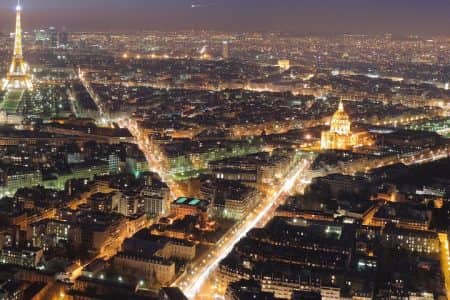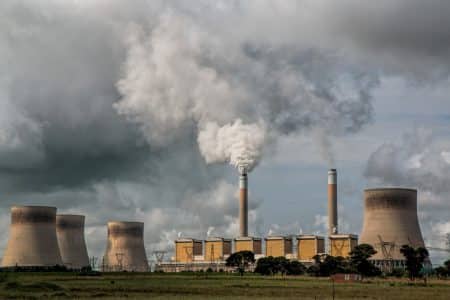Milky Way Isn't Visible to Nearly a Third of Humans Across the Globe - Dispatch Weekly
June 14, 2016 - Reading time: 2 minutes

The Milky Way – our home galaxy – has been a photographer’s delight, one of the most studied galaxies, a beautiful collection of stars that presents a view paralleled by almost no other celestial object, but it just so happens that it is no more visible to nearly a third of population across the globe and light pollution is to blame.
Researchers have also found that the Milky Way isn’t visible to 80 per cent of Americans and the luminous fog that created by artificial lights in the US as well as other developed and rapidly developing countries is to blame. The findings are the result of a study involving creation of one of the most accurate assessment yet of the global impact of light pollution and scientists anticipate that their atlas will help raise awareness about light pollution and its impact.
“We’ve got whole generations of people in the United States who have never seen the Milky Way,” said Chris Elvidge, a scientist with NOAA’s National Centers for Environmental Information. “It’s a big part of our connection to the cosmos — and it’s been lost.”
According to the atlas, light pollution is at its peak in developed countries like Singapore, Italy and South Korea, while Canada and Australia retain the most dark sky. In Western Europe, only small areas of night sky remain relatively undiminished, mainly in Scotland, Sweden and Norway. Despite the vast open spaces of the American west, almost half of the U.S. experiences light-polluted nights.
Light pollution does more than rob humans of the opportunity to ponder the night sky. Unnatural light can confuse or expose wildlife like insects, birds and sea turtles, often with fatal consequences.
Fortunately, light pollution can be controlled by shielding lights to limit shine to the immediate area, reducing lighting to the minimum amount needed — or by simply turning them off.
“In the U.S., some of our national parks are just about the last refuge of darkness — places like Yellowstone and the desert southwest,” said co-author Dan Duriscoe of the National Park Service. “We’re lucky to have a lot of public land that provides a buffer from large cities.”

DW Staff
David Lintott is the Editor-in-Chief, leading our team of talented freelance journalists. He specializes in covering culture, sport, and society. Originally from the decaying seaside town of Eastbourne, he attributes his insightful world-weariness to his roots in this unique setting.




